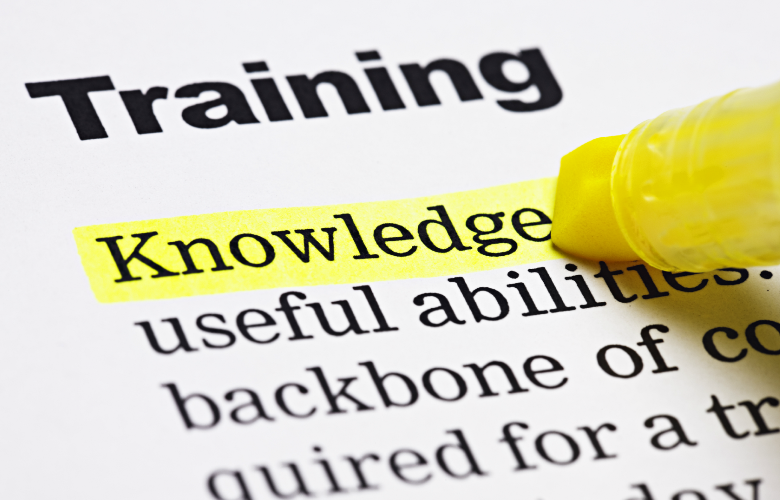Necessity is very often the mother of invention, hence this past decade’s dramatic rise in the use of medical scribes. Medical transcriptionists have traditionally filled the role of documenting physician-patient encounters by passively listening to recorded dictations which were, in turn, transcribed into a “free text” patient record. However, the increasingly complex nature of medical practice, the pressure to see more patients in less time, and the ever-changing regulations related to billing and coding have created an atmosphere of inefficiency and errors, not to mention the increased stress placed upon providers. Therefore, medical scribes not only document a provider’s activity with their patients in “real time”, they have the added responsibility of increasing physician’s productivity while reducing the possibility of medical errors. Included in these errors is a doctor’s inability to precisely recall details of an encounter or procedure when the “treat now and dictate later” method is used which is quickly becoming a thing of the past.
The Joint Commission has recently clarified the use of scribes in medical practice.[1] While scribes are not yet required to be licensed or certified through formal training, they must still adhere to Joint Commission standards. The rising use of medical scribes has in a sense been validated by this clarification. However, since there is no set requirement or standard for training, the disparity in “quality” and experience which often translates into usefulness, is most definitely an issue to consider when hiring a medical scribe. Some healthcare organizations will require no more than a high school diploma and no specific formal training, while others will require some experience with medical terminology, perhaps some college, or even certification by way of formal scribe training. Certainly a medical transcriptionist is considered well suited for the role of scribe, however additional learning is required, specifically in the world of billing and coding, electronic medical record documentation, and the use of specific templates which drastically cuts down on the time needed to create full free text.
The existence of the American College of Medical Scribe Specialists (ACMSS) has made it possible to “upgrade” from medical scribe to certified medical scribe which requires formalized scribe training, work experience, and a few continuing scribe education. Additionally, there are reputable web based medical scribe companies that make the process of applying, training, and even job search a much easier process since it is all generally accomplished online. A good training program should have the aspiring scribe interact directly with physicians throughout the process of certification since a working scribe-physician relationship will become the foundation for any future effectiveness on the job. Finally, there are certain characteristics a good scribe must possess outside of formal training which include efficient organization skills, the ability to work under intense pressure, good communication skills, and a friendly, outgoing disposition to name a few.
Clearly the use of medical scribes is increasing over time, and the profession is here to stay. However, the disparity in educational and certification requirements, or lack thereof, can make a big difference in how effective and useful a scribe will be in the day to day medical setting. It is quite likely that as this ancillary profession grows, a more uniform standard regulating the education, training, and background requirements in becoming a medical scribe will be developed. We have seen this same process occur with other ancillary healthcare groups which not only “evens the playing field” but can also serve to improve the overall quality within a particular profession.
- Medical Scribes Make Their Presence Felt By Mary Anne Gates For The Record Vol. 24 No. 21 P. 14




